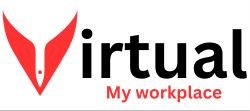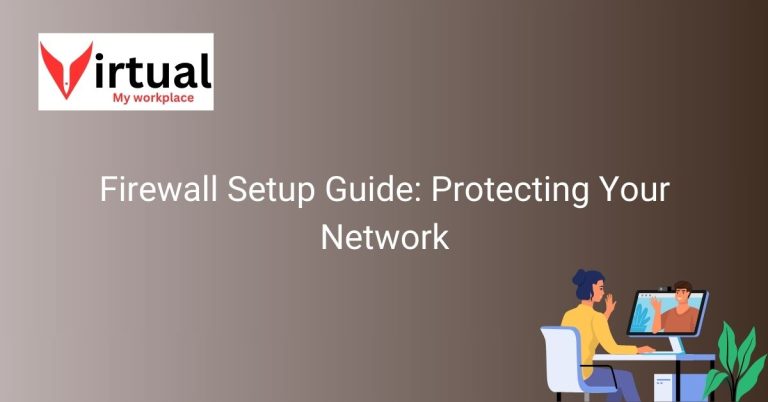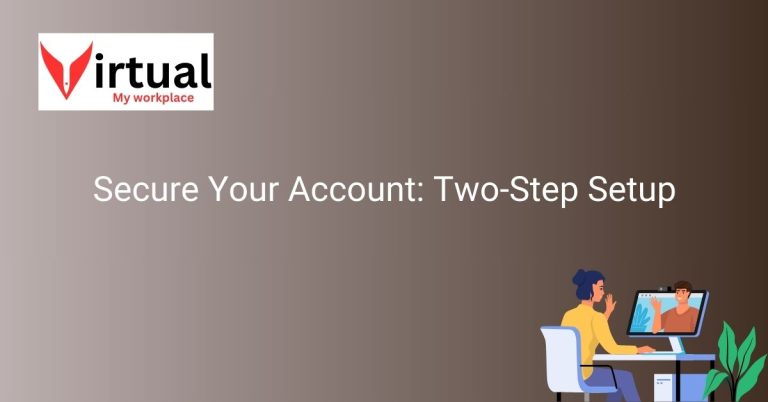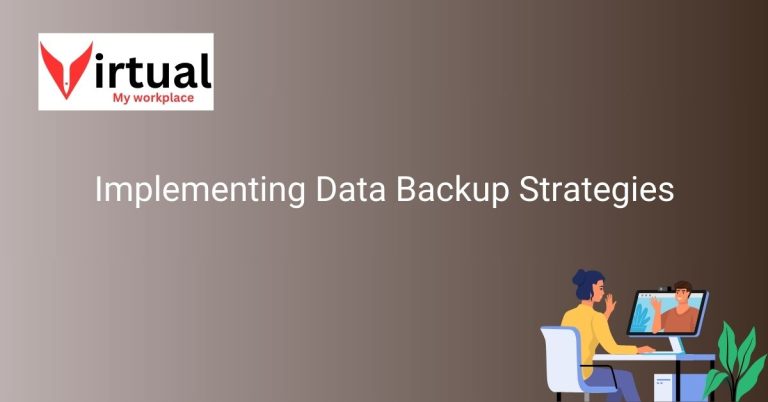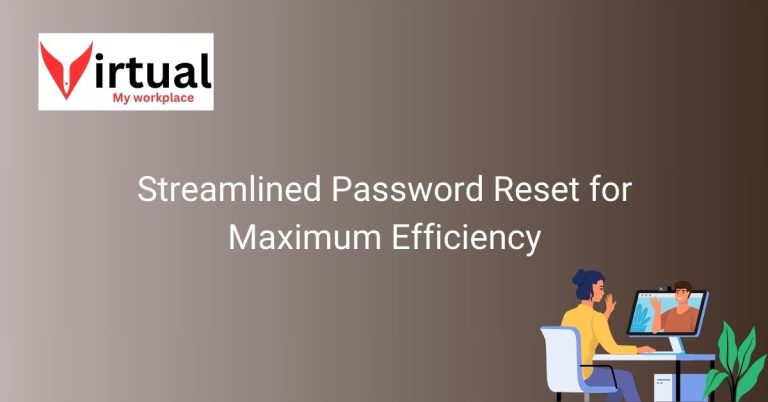Securing Access with Multi-Factor Authentication
In today’s digital age, ensuring security in my virtual workplace is of utmost importance. One way to achieve this is through the implementation of Multi-Factor Authentication (MFA). MFA adds an extra layer of protection by requiring users to provide two or more verification factors before gaining access to sensitive information.
By incorporating MFA into my virtual workplace, the risk of unauthorized access is significantly reduced. This additional security measure helps to safeguard confidential data and provides peace of mind knowing that only authorized individuals can access the virtual workspace.
Importance of Multi-Factor Authentication
Multi-Factor Authentication (MFA) is crucial for enhancing security measures in virtual workplaces. By requiring users to provide multiple verification factors, such as passwords, biometrics, or security tokens, MFA significantly reduces the risk of unauthorized access.
Enhanced Security Measures
Implementing MFA ensures that only authorized individuals can access sensitive information in my virtual workplace. This added layer of security helps to prevent cyber threats and data breaches, protecting the confidentiality of valuable data.
Benefits of Implementing MFA
By incorporating MFA into virtual workspaces, organizations can enjoy various benefits, including improved compliance with security regulations, enhanced user authentication, and increased resilience against cyber attacks. MFA provides an effective way to strengthen overall security measures.
Protecting Confidential Data
MFA plays a vital role in safeguarding confidential data within virtual workplaces. With the use of multiple authentication factors, sensitive information is better protected against unauthorized access, reducing the likelihood of data leaks or breaches.
Minimizing Risk of Unauthorized Access
One of the primary advantages of MFA is its ability to minimize the risk of unauthorized access to virtual workspaces. By requiring additional verification steps, such as biometric scans or security questions, MFA ensures that only legitimate users can access sensitive data, enhancing overall security.
How MFA Safeguards Virtual Workspaces
Multi-Factor Authentication serves as a key tool in safeguarding virtual workspaces, ensuring that only authorized individuals can access critical information. By implementing MFA, organizations can establish a secure environment that protects data integrity and confidentiality.
Ensuring Only Authorized Access
With MFA in place, virtual workspaces can guarantee that only authenticated users with the appropriate credentials can gain access to sensitive data. This helps to prevent unauthorized individuals from infiltrating the system and enhances overall security measures.
Peace of Mind for Users
By incorporating Multi-Factor Authentication, users in virtual workplaces can enjoy peace of mind knowing that their data is well-protected. MFA instills confidence in employees and clients, assuring them that their information is secure and inaccessible to unauthorized parties.
Frequently Asked Questions
As technology advances, securing access to sensitive information becomes increasingly vital. Multi-Factor Authentication (MFA) provides an additional layer of security by requiring multiple verification factors for access.
How does Multi-Factor Authentication enhance security?
Multi-Factor Authentication enhances security by requiring users to provide two or more verification factors, such as a password, fingerprint scan, or security token. This extra layer of protection significantly reduces the risk of unauthorized access.
What are the benefits of implementing Multi-Factor Authentication?
Implementing Multi-Factor Authentication helps safeguard confidential data and provides peace of mind knowing that only authorized individuals can access sensitive information. It reduces the likelihood of data breaches and strengthens overall security measures.
Can Multi-Factor Authentication be customized for different users?
Yes, Multi-Factor Authentication can be customized to fit the specific needs of different users. Organizations can choose which verification factors to require based on the level of security needed for each individual, ensuring flexibility and adaptability.
Is Multi-Factor Authentication user-friendly?
While Multi-Factor Authentication adds an extra step to the login process, it ultimately enhances security without compromising user-friendliness. Many MFA solutions are designed to be easy to use and can seamlessly integrate into existing systems.
How does Multi-Factor Authentication protect against unauthorized access?
Multi-Factor Authentication protects against unauthorized access by making it more difficult for hackers to breach security measures. By requiring multiple verification factors, MFA creates a stronger defense against potential threats.
What are some common types of verification factors used in Multi-Factor Authentication?
Common types of verification factors used in Multi-Factor Authentication include passwords, biometric data (such as fingerprints or facial recognition), security tokens, one-time codes sent via SMS or email, and smart cards. These factors work together to create a robust security system.
